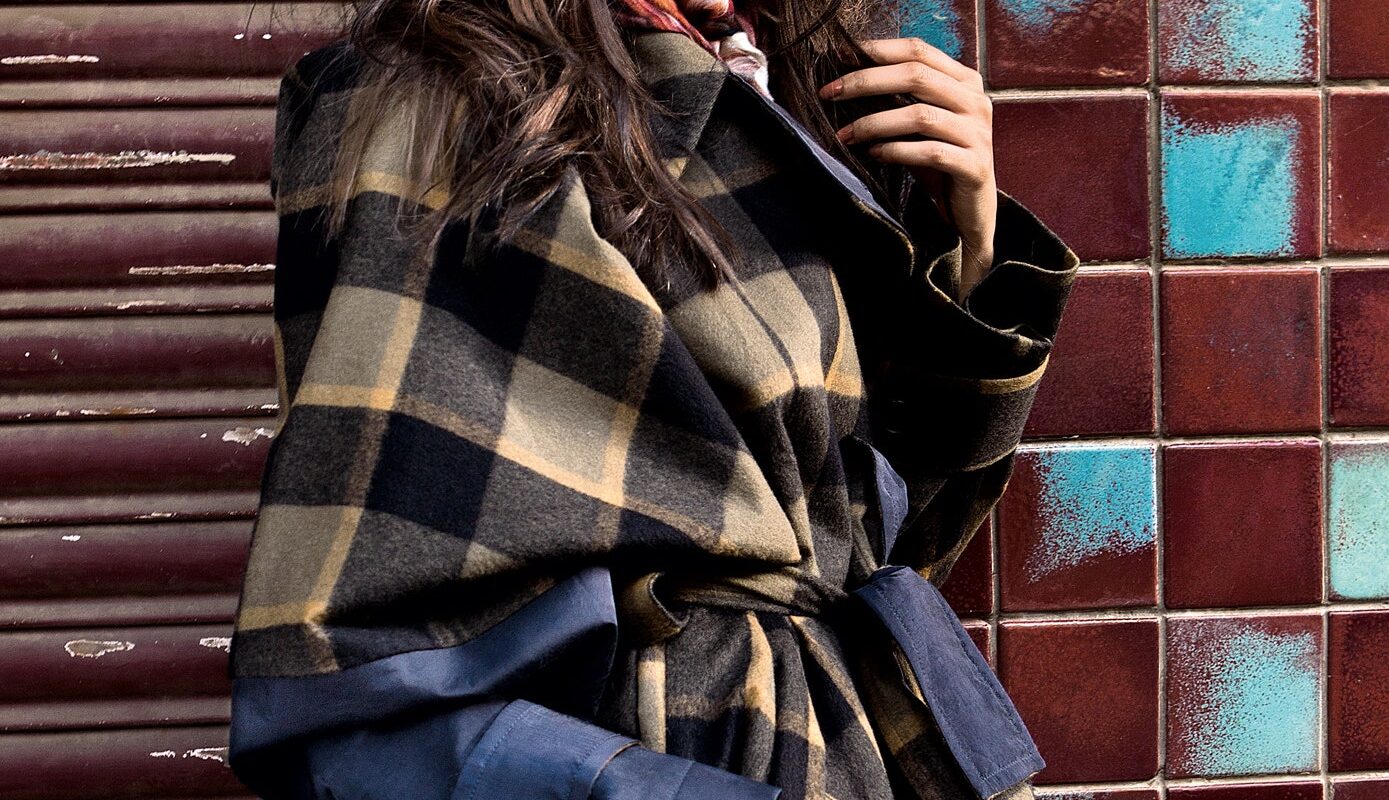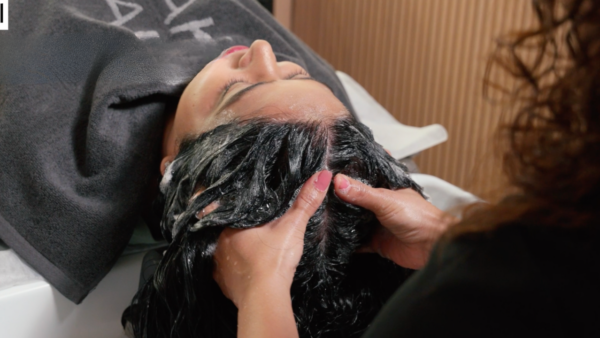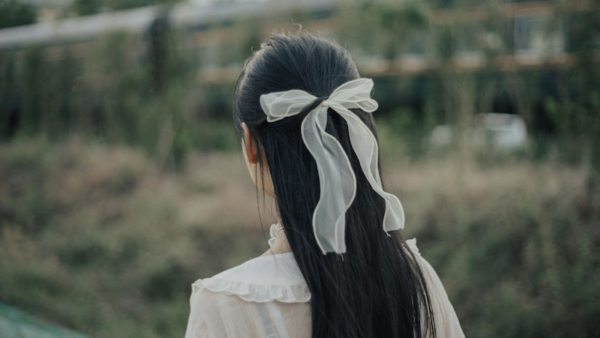Hair loss is scary and emotional, and when you’re recovering from the physical and mental stressors that accompany COVID-19, it can be that much more overwhelming. Studies have shown that among long-haul symptoms like fatigue, coughs and muscle aches, hair loss has been reported in large numbers too. We spoke to the pros about this stress-related hair loss, and what you can do to boost growth after you recover.
Is it normal to lose hair after CPVID-19?
“COVID-19 associated hair loss typically starts after recovery, usually six-eight weeks after the person tests positive. It can be extensive and severe, and people have been known to lose up to 30-40 per cent of their hair,” says Dr Pankaj Chaturvedi, consultant dermatologist and hair transplant surgeon, MedLinks, Delhi.
While it may be considered hair loss, it’s actually hair shedding, explains Dr Veenu Jindal, consultant dermatologist, Max Multi Speciality Centre, New Delhi. There’s no evidence yet that the coronavirus itself causes it. Instead, researchers and doctors say that the physical and emotional stress that COVID-19 puts on the body can lead to telogen effluvium. There are three phases in a hair’s life cycle. “Up to 90 per cent follicles at any time are in a growing phase, 5 per cent are in a resting phase, and up to 10 per cent are shedding,” says Dr Jindal. However, when there’s a shock to the system, like emotional distress or a high fever, the body goes into fight-or-flight mode. In its lockdown phase, it only focuses on essential functions. Since hair growth is not as essential, it shifts the hair follicles into the telogen or resting phase of the growth cycle, which leads to hair shedding.
All the stress doesn’t help either. “Patients with COVID-19, due to a high inflammatory response, have increased levels of cortisol which indirectly increases the dihydrotestosterone levels (DHT), putting the hair into the telogen phase,” says Dr Chaturvedi.
What can you expect it to look like?
People usually lose up to 100 hairs per day, but if you have telogen effluvium, this number can look more like 300-400 hairs. Most people see noticeable hair shedding two to three months after the illness. “Handfuls of hair can come out when you shower or brush your hair. That’s usually a delayed process because of the way the hair growth cycle is. This hair shedding can last for six to nine months before it stops,” says Dr Jindal.
How can you combat hair shedding?
It is important to note that this kind of hair loss is temporary. Once the stressor—in this case, COVID-19—is relieved, the hair growth cycle starts going back to normal. “You just have to give it time. As your hair grows back, you’ll notice short hairs that are all the same length by your hairline. Most people see their hair regain its normal fullness within six to nine months,” says Dr Jindal.
But while your hair is shedding, be gentler than usual to limit external stress. “Use the lowest heat setting on your blow-dryer. Stop wearing your hair tightly pulled back in a bun, ponytail, or braids. Limit your use of curling irons, flat irons, and hot combs,” recommends Dr Jindal. Dr Bhatia suggests getting a full night’s sleep, eating more protein and switching to gentler, sulphate-free shampoos. He suggests adding minoxidil to your hair care routine, which is able to block DHT-related hair loss.
However, some people may continue to lose hair in large quantities if they have lingering symptoms or any underlying conditions, and will need to be evaluated by a dermatologist, says Dr Chaturvedi. “These patients may need to try topical solutions or advanced therapies like platelet-rich therapy or mesotherapy,” he says.
What’s absolutely not good for hair loss? More stress. Stressing about your widening part or the strands on your pillow will only rev up the cortisol (and therefore, DHT levels) and draw out the process, confirms Jindal.





